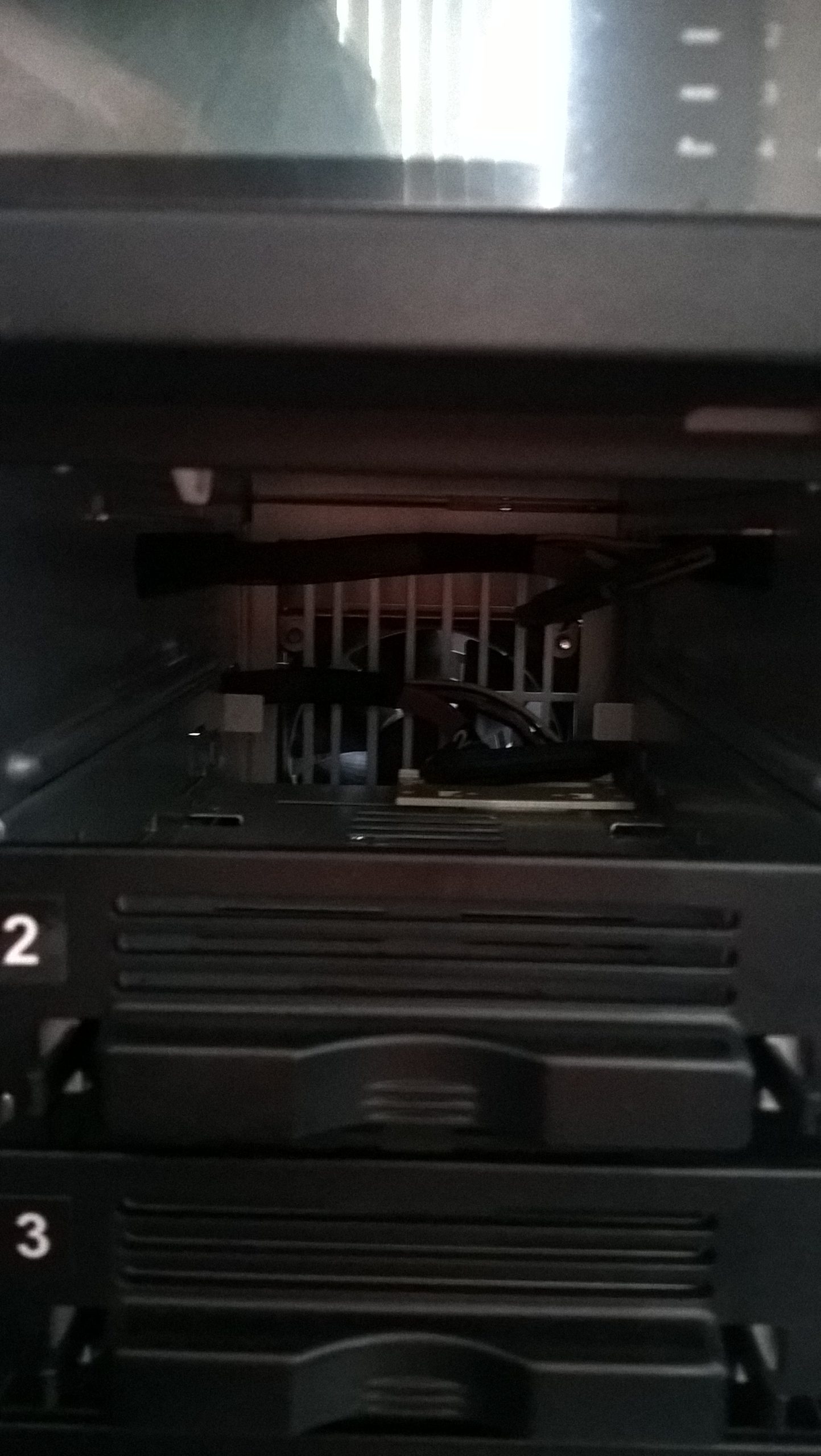Revolutionizing Cybersecurity: Insights from Google’s SecOps Approach
In the ever-evolving landscape of cybersecurity, Google’s latest SecOps report is nothing short of enlightening. It reveals a remarkable shift in how security operations are conducted, emphasizing automation and engineering practices that are reshaping the industry.
Key Highlights from Google’s SecOps
Several aspects of Google’s SecOps strategy caught my attention and deserve a closer look:
-
Efficient Management of Resources: Google’s detection team oversees an enormous Linux fleet, achieving impressive dwell times measured in hours—dramatically outperforming the industry standard of weeks. This efficiency is a testament to their dedication to proactive threat management.
-
Integrated Workflow: One of the most innovative changes is the integration of roles within the detection team. Detection engineers are responsible for both the creation and triage of alerts, eliminating the traditional division between different teams. This ensures a more cohesive response to security threats.
-
Enhanced Productivity with AI: Google has successfully utilized AI to reduce the time spent on executive summary writing by 53%, all while maintaining high-quality standards. This not only streamlines operations but also demonstrates the potential of AI in enhancing human capabilities.
A Shift from Reactive to Proactive Security
What truly stands out is Google’s ability to redefine cybersecurity from a traditionally reactive stance to a proactive engineering discipline. The emphasis on automation and coding skills over conventional security expertise prompts a critical question: Are traditional security roles transitioning into engineering positions?
Join the Discussion
What are your thoughts on this transformative trend within the cybersecurity field? I invite you to share your insights and opinions. If these topics resonate with you, consider subscribing to my weekly newsletter tailored for cybersecurity leaders, where I delve deeper into these discussions and share valuable insights. Subscribe here to stay informed on the latest developments in cybersecurity strategies and practices.
Share this content:




Thank you for sharing this insightful article. The shift towards automation and the integration of roles within security operations highlight the evolving nature of cybersecurity. For organizations looking to adapt, I recommend assessing your current security workflows to identify repetitive tasks that can be automated using scripting or security orchestration tools. Additionally, investing in AI and machine learning solutions can significantly reduce response times and improve detection accuracy.
It’s also important to foster a culture of continuous learning, where security personnel acquire coding and engineering skills to stay ahead of evolving threats. Implementing threat management platforms that support automation and integrating them with existing security tools can streamline operations and enhance responsiveness.
If you’re considering transitioning some security roles into more engineering-focused positions, ensure your team receives proper training on security automation, scripting, and cloud-native security practices. Regularly reviewing and updating your automation scripts and workflows will help maintain effectiveness and adapt to new threat landscapes.
For further assistance, feel free to reach out with specific challenges you’re facing, and I can offer tailored advice or recommend relevant tools and best practices.